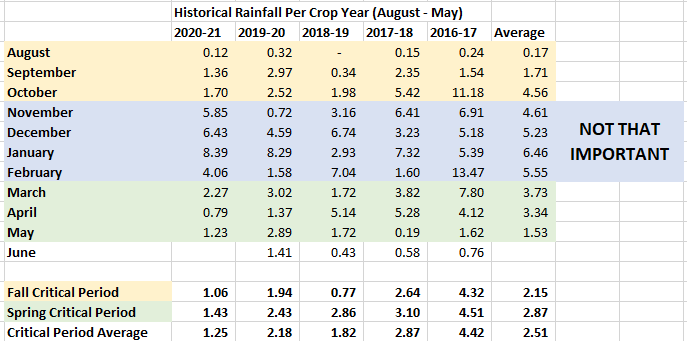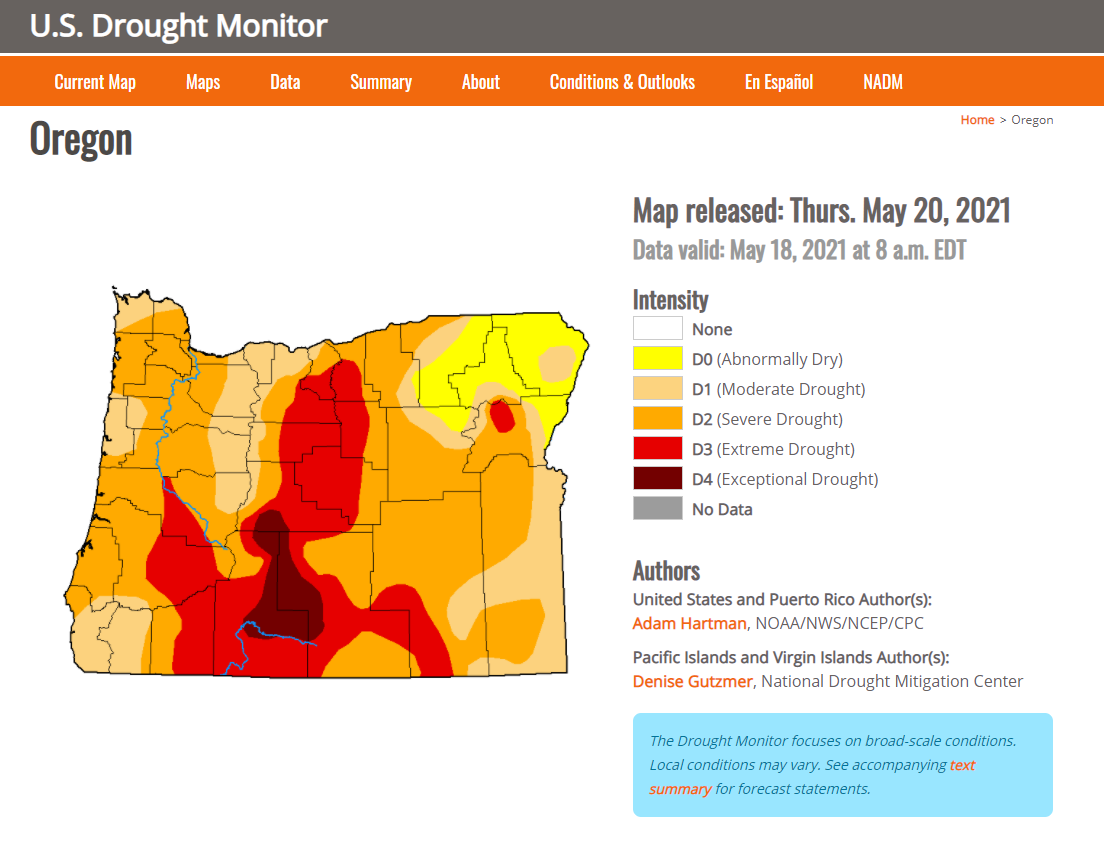The 2021 crop is going to be very interesting as inventory stocks on many turf, forage, and cover crop seed species are at all time lows. There will certainly be a lot of jockeying for position on cleaners by a lot of companies for a lot of different species.
The Oregon seed industry will be working diligently to try to get as much seed out as quickly as possible but there will be issues.
Distributors can help by trying to give suppliers accurate demand schedules. When palletized seed loads are slow to ship, the warehouse will clog up quickly which in turn slows down seed that can be moved in from the farm. Once the cleaning warehouses see slow movement they will move on to a different species, so it is important to give your supplier an accurate time frame of when you need product and then receive the product on the agreed upon schedule.
Production fields looked rough going into the winter and many fields didn’t look a whole lot better coming out of it. The damage last summer/fall from voles was real and devastating, in some areas, leaving fields lacking in plant population. Below is the current status of the drought situation in Oregon. Not a bright outlook when we are at the period moisture is critical for seed development.
However to really understand how the crop is looking we need to examine the rainfall over the growing year. Below is a table that shows the precipitation in Salem Oregon over the last five crop years.

When looking at precipitation there are two critical periods for seed production, fall and spring. The rainfall that is received between November- February is largely irrelevant as the grass plants are generally in winter dormancy and not actively growing.
The Fall critical period is more important for tall fescue than other grasses as the precipitation is needed to develop new tillers prior to vernalization.
Seed yield from tall fescue can be estimated by the number of new tillers heading into the middle of January. The Spring critical period is important as that is the precipitation that ultimately allows the seed crop to develop.
So when you look at the 2020-21 averages compared to the five-year average you will see that during the Fall critical period we only received 45% of the average rainfall. That spells potential bad news for the tall fescue crop. Then when we look at the Spring critical period we are only at 48% of the five-year average with 6 days left in May. These two deficits are likely to lead to a smaller crop than average on the dryland acres which constitutes the bulk of the Willamette Valley production.
There is however a glimmer of hope as much of the rainfall in May has been concentrated during the third week. This should provide enough moisture in the soil for the tall fescue crop to get thru pollination and keeps the perennial ryegrass from getting too stressed at the current head emergence stage. Average to above average precipitation in the first half of June is needed for the perennial ryegrass crop to develop and to maximize the tall fescue crop.
The good news is that the seed that we will harvest should be cleaner than normal as growers have had a plethora of dry days for spot spraying out contaminants. I cannot recall when the last year was that I saw so many spot spraying crews out in March and April removing annual ryegrass and other troublesome weeds from the field. The Oregon farmer has really stepped up and is spending money to make the best out of a potentially bad situation.


